
https://feralatlas.supdigital.org/
The Feral Atlas is an online space exploring and mapping nonhuman ‘feral’ ecologies that have arisen from human infrastructural interventions. This way of collecting and documenting as ways of recordings such as field reports, imagery, poetry, articles and storytelling; create field-reports that reach to every corner of knowledge. We spent a lot of time exploring the vocabulary of Feral Atlas and the attributes it gives to certain terms to implement a template of what feral entities are and how they become feral:
Feral entity- the thing that has gone feral
Feral qualities- features of the feral entity to describe how it exists
Detonators- global and historic impacts that have led an entity to go feral
Tippers- ways in which entities become feral
The atlas introduces this new, or modified, terminology to introduce a consensus of knowledge that everyone can access or partake in. This includes introductions to Feral Atlas and how it can be used.
Humans and nonhumans making each other
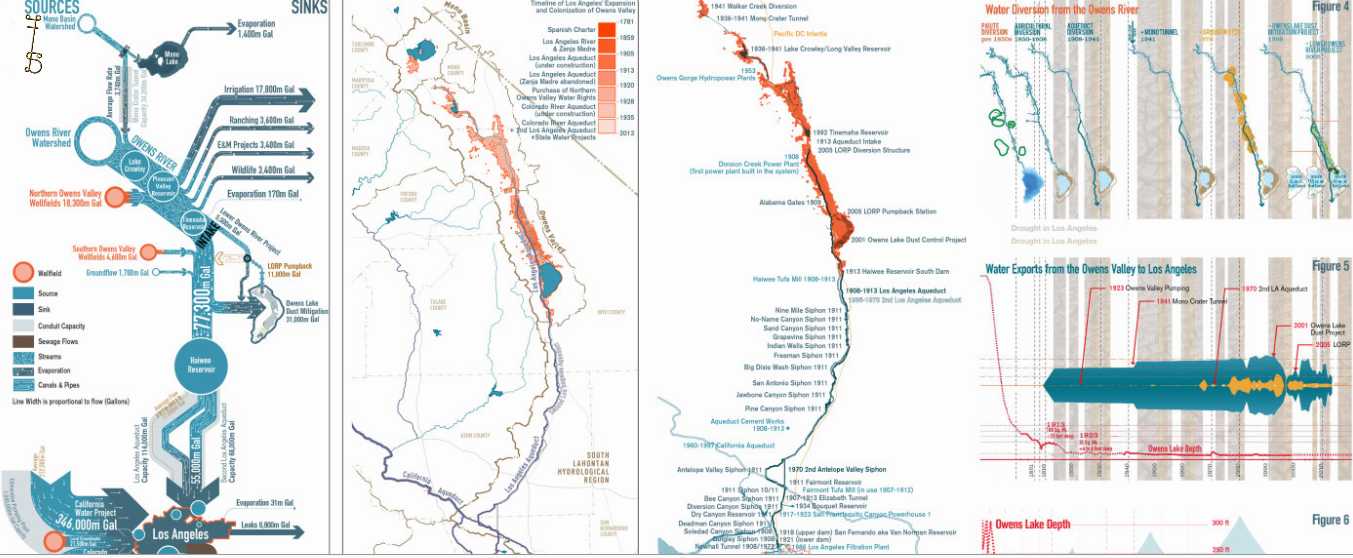
^To attend to what is going on in the Anthropocene, we need to acknowledge what is going on around these feral entities and how our use of infrastructure is destabilising landscapes. Our group focused on the field report: Residents inhale settler-colonial histories in the Owens Valley, California, Michael Vine. This report follows the buying up of Owens River to build an aqueduct to redirect water to Los Angeles where, due to drastic population growth, more water supplies were needed. This had devastating consequences on the landscape, Owens River gradually got shallower which killed off plants and trees in the area and soon caused multiple dust storms (feral entity) meaning residents of the valley had to stay indoors but subsequently caused health problems like asthma.

Moreover, this supposedly “settled” landscape refused to sit still. From the 1980s onwards, a series of immense, wind-whipped dust storms engulfed much of the Owens Valley and people that live there. By one estimate, up to 8 million metric tons of dust were lifted off the lake bed each year, exceeding the federal air quality standard several times over.

^field report traces lived experience of this feral entity through conducting an interview with Sue, resident of Owens Valley.
I began thinking about my own project and what I want to focus on.
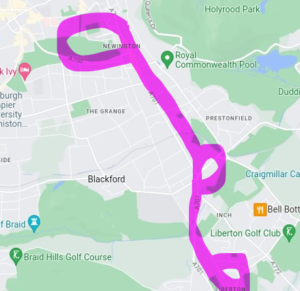
WASTE
Exploring waste around Edinburgh made me notice it much more, its scary how routine it is to walk down a street and be so familiar with witnessing rubbish around me that I have become largely insensitised to its being there. You can notice a discarded item but the next day it will be gone; either someone has picked it up or it was travelling somewhere else, by way of winds or ongoing traffic. I explored areas around university and where I live (about an hour walk between) to see the amount of waste there was and where it was in certain places.
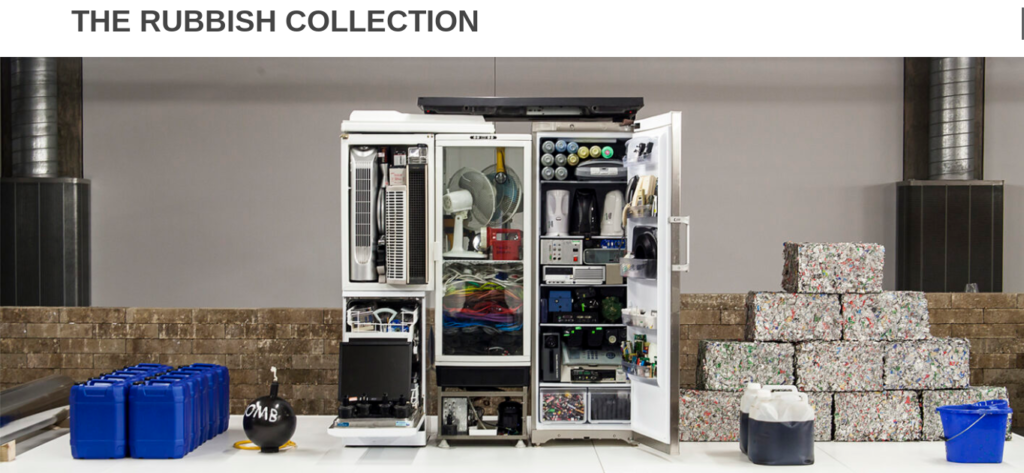
This reminds me of Joshua Sofaer’s project The Rubbish Collection, 2014. Sofaer entered the Science Museum to measure the amounts of waste an institution gets rid of and what this contains: 

This is questioning what waste is and how we easily label things as such; in turn creating an abundance of waste we do not know the scale of until we see it be collected and come together. Rubbish here becomes artwork that looks appealing visually, I believe this is to make us as consumers look at it and ponder on each items necessity, creating a different perspective on waste. It is usually up to artists to make these interventions and find ways of interpreting research findings visually as a way of allowing higher engagement with difficult topics such as this.

The Rubbish Collection, Phase 1: The Documentation. Photo Jennie Hills.

The Rubbish Collection, Phase 1: Documentation. Photo Glasshopper.
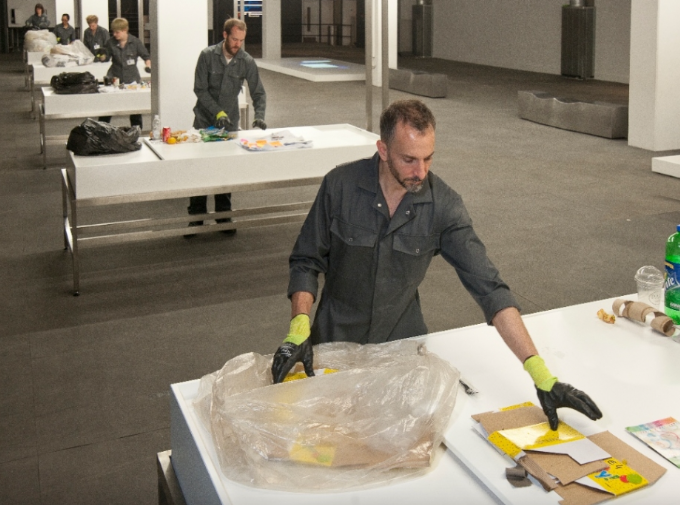
The Rubbish Collective, Phase 1: Documentation. Photo Jennie Hills.
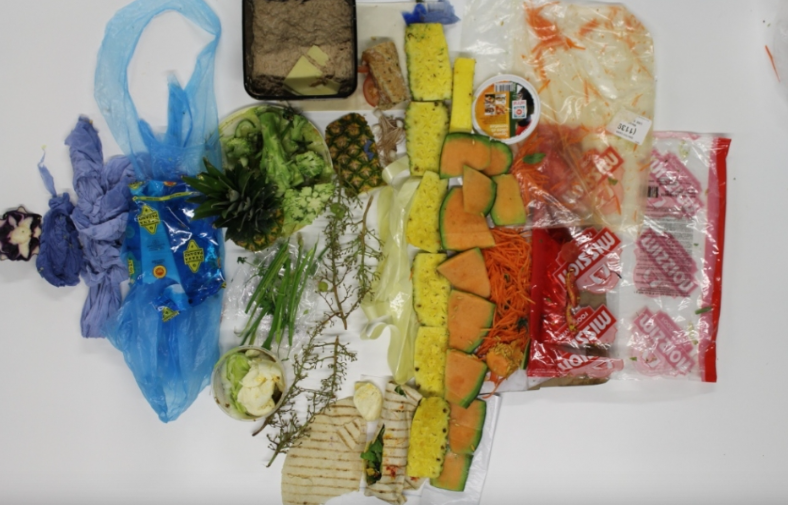
The Rubbish Collection, Phase 1: Table Top Documentation.
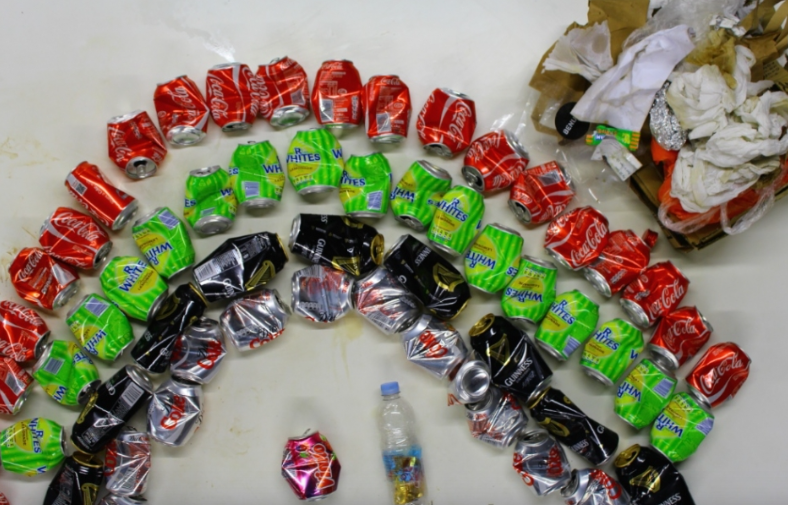
The Rubbish Collective, Phase 1: Table Top Documentation.
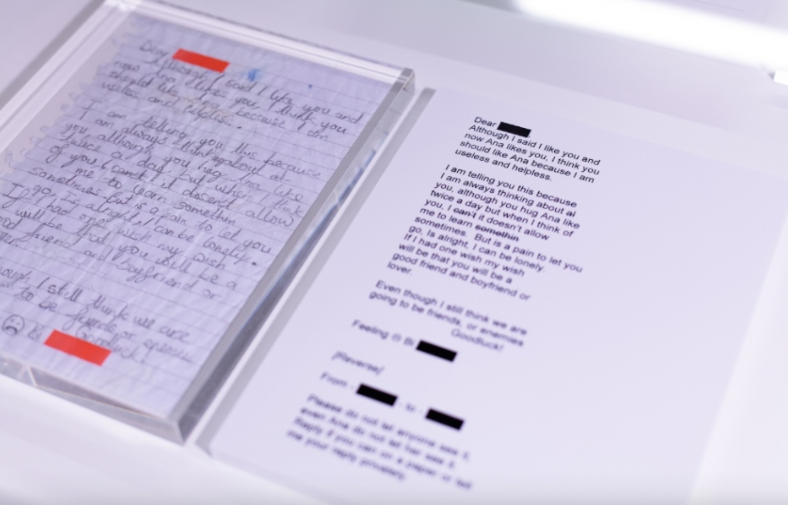
The Rubbish Collection, Phase 2: Display. Photo Glasshopper.
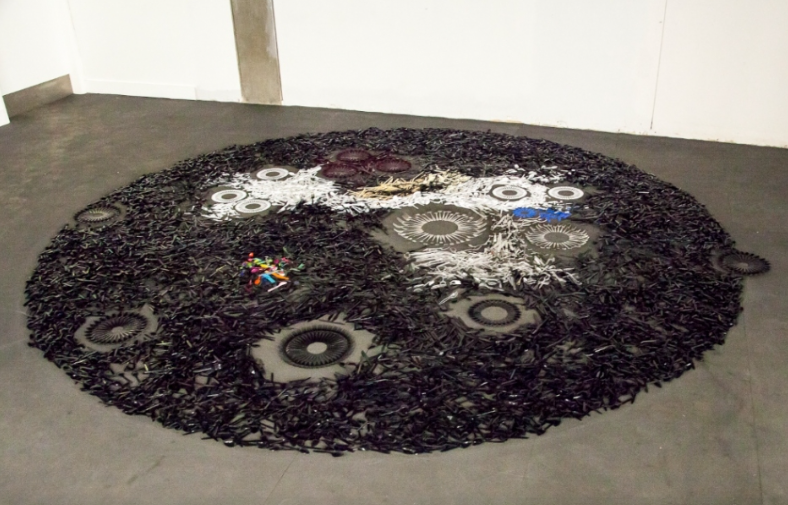
The Rubbish Collective, Phase 2: Display. Photo Katherine Leedale.


Leave a Reply